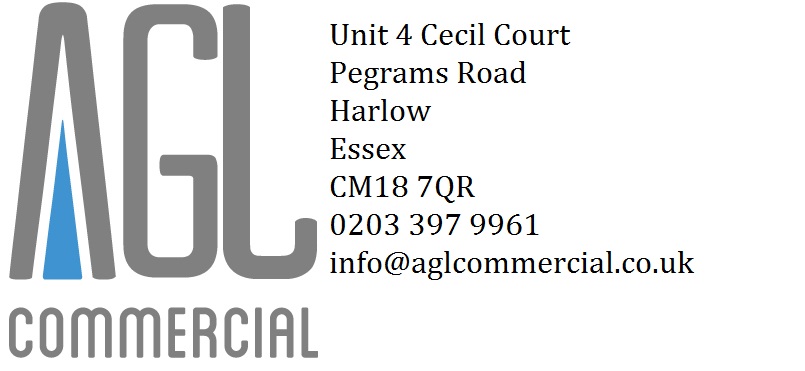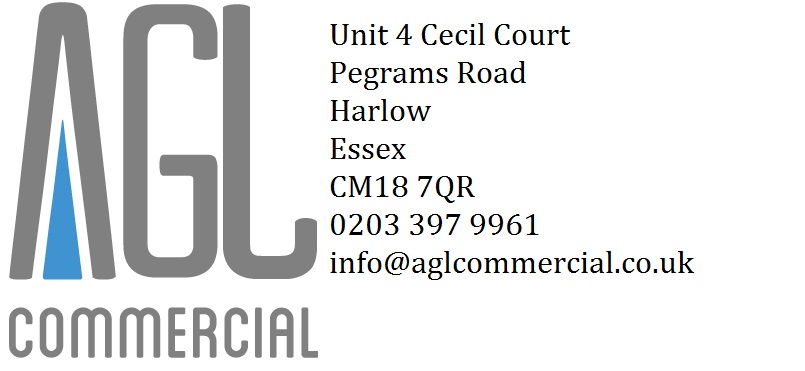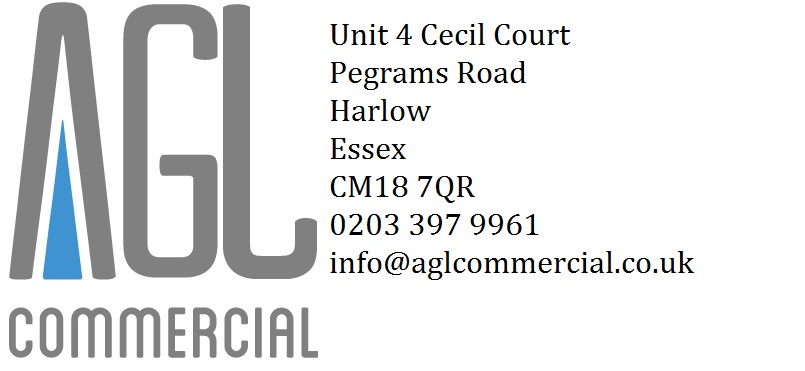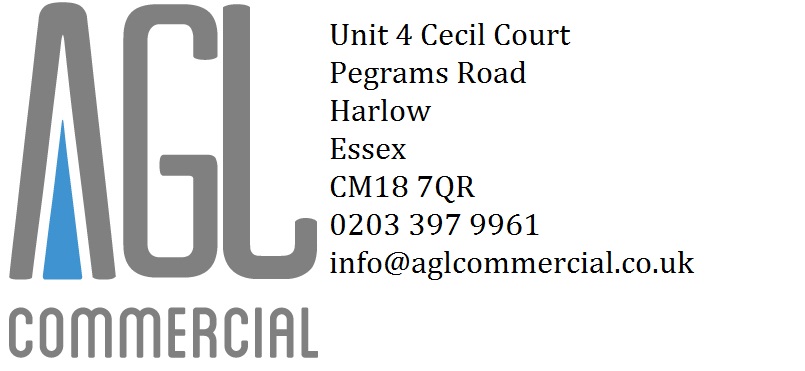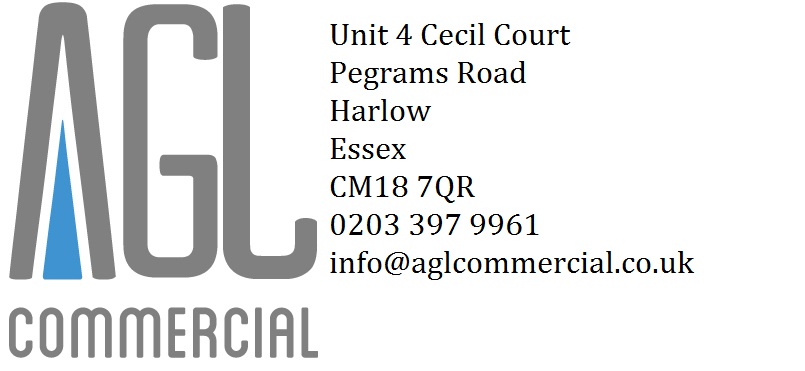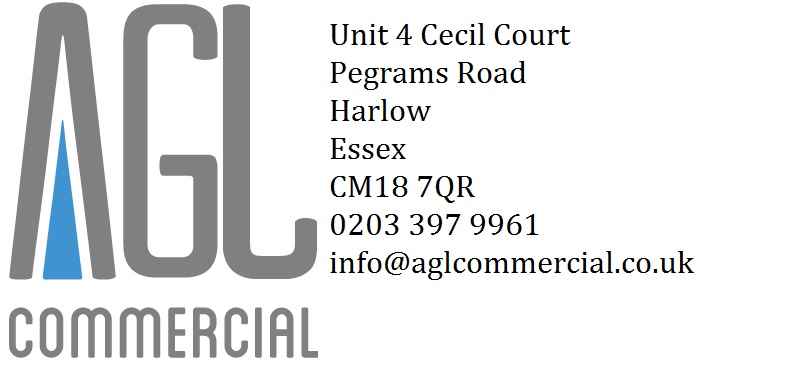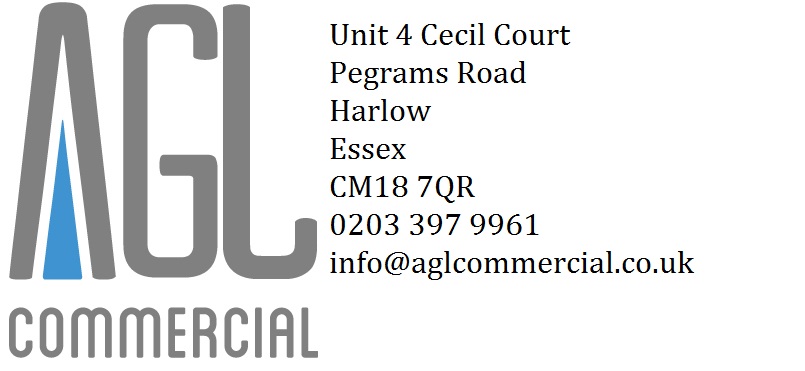Information
-
Site conducted
-
Principle contractor site Manager
-
AGL Project Manager for this site
-
Toolbox talk carried out by
-
Toolbox talk carried out on
-
Location
Ladders
-
Ladders
Overview This talk will cover before-use checks, use of ladders and hazards.
Before-use checks
1 Ladders must be stored correctly and inspected regularly.
2 Check for splits or cracks in the stiles and rungs.
3 Ensure that none of the rungs are missing or loose.
4 Don’t use painted ladders, this can hide damaged parts.
5 Report defects, label as defective and remove from site.
Use of ladders
1 Work should only be carried out from a ladder when the job is of short duration and can be carried out safely.
2 Ladders should be set on a firm base and leaning at the correct angle which is one unit out to four units up.
3 Ladders must be tied near to the top and extend a safe distance above the landing stage, unless a hand –hold is provided.
4 If it can’t be secured at the top, secure it at the bottom.
5 For added safety, if possible and necessary, the base of the ladder should be staked or buried to prevent slipping.
6 Ensure footwear is free from excessive mud or grease before you climb the ladder.
7 When climbing up or down, use both hands on the stiles. Always face the ladder.
8 Don’t overreach from a ladder, always move it.
9 If using extension ladders, each section must overlap.
2 rungs – for ladders up to 5 metres (closed length)
3 rungs – for ladders 5-6 metres (closed length). -
Toolbox talk complete?
-
Now go to section "Toolbox talk attendee register"
Toolbox talk attendee register
-
Toolbox talk attendees -
Engineer -
-
Have you fully understood this toolbox talk?
-
Please report to your supervisor to discuss your concerns.
-
Name of engineer -
-
Signature -
